Kirtimukha, also known as the “face of glory,” is a fascinating symbol in Hindu mythology that has captured the imagination of countless people throughout the ages. This ferocious creature is often depicted as a fearsome monster with gaping jaws and sharp teeth, but it also represents a powerful force of protection and transformation. In this blog, we will explore the multifaceted meanings and cultural significance of Kirtimukha, and how this symbol has been used in various aspects of Sanatana art and architecture. From its origins in ancient Indian philosophy to its modern-day interpretations, Kirtimukha offers a window into the rich and diverse cultural heritage of India. Join us as we delve into this captivating symbol and discover the wisdom it holds for us today. Lets begin!!!
सब तीरथ बार बार, गंगासागर एक बार
You may visit various pilgrimage sites spread across India again and again, but just one visit to Gangasagar is lifetime worth. That’s how Puranas have described the Ganga Sagar. During the auspicious day of Makar Sankranti, Hindus from all over the world gather here to bath in the holy water of Mother Ganga. Our story starts here.
Once, Indra and Brihaspati decided to see Mahadev and pray, in front of him. While on their way to Kailasa, the abode of Mahadev, Mahadev decided to test Indra and Brihaspati’s devotion. He took a form of a sage, and blocked a path, leading to Kailasa. Requesting the sage, again and again, Indra lost his patience and he charged towards the sage with his Astra.
Mahadev, who was testing Indra’s devotion, opened his third eye. Due to salutations of Brihaspati, Mahadev pardoned Indra and redirected the radiance of his third eye into the Ganga Sagar lake. The delta, where holy river the Ganges meets the ocean. Due to the splendid radiance of shiva’s third eye, the child was bourne. Immediately, the child started to cry ferociously, which created fear in the whole world. Rishis got curious, went to Brahma for answers. To find out the reason, Brahma arrived at the Ganga Sagar lake, where Samudra- Lord of the Sea handed the infant to him. Curious Samudra asked Brahma what to name this child and how will be his future.
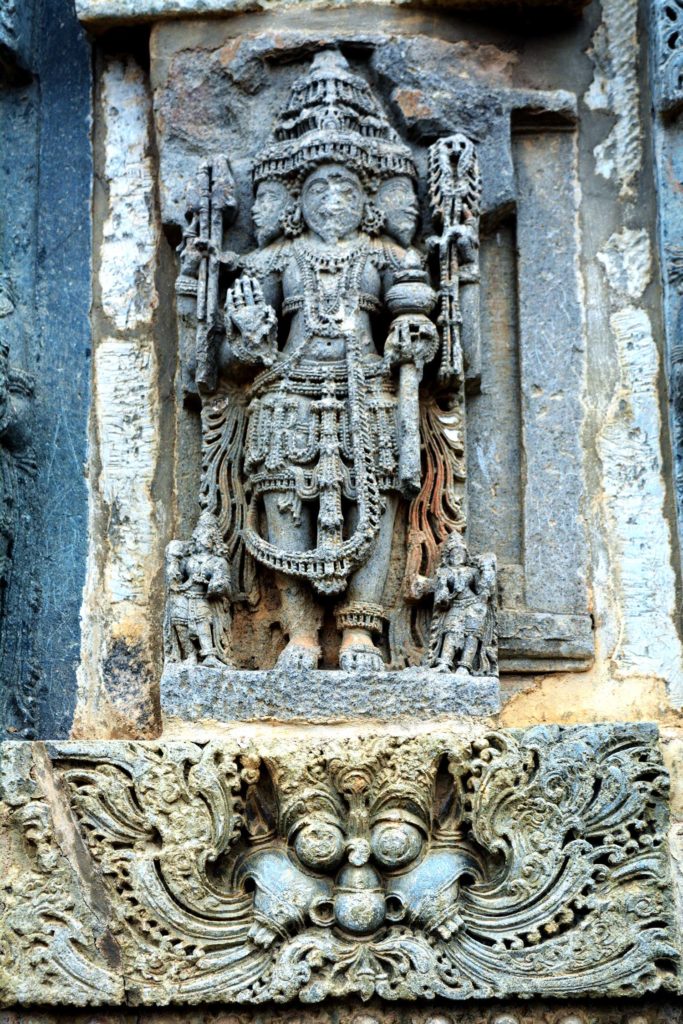
Looking at that powerful child, Brahma proclaimed- The child will be a legendary king of demons and will be invincible. Only Lord shiva will be able to face him in battle. Meanwhile, while sitting on Brahma’s lap, the child started to play. While playing, he grabbed Brahma’s neck and pressed so hard, Brahma chocked for a second, and tears rolled down from Brahma’s eyes. And hence, Brahma named him Jalandhar. Jal means water and Dhar means to flow. Sagar the sea king was very pleased, took the child with him, and raised him with care.
Kalanemi the demon, had a daughter named Vrinda. After grown up, Jalandhar married her and became the king of the Demons.
Once, he came across the story of Samudra Manthan, i.e. sea churning, and understood how gods have cheated and taken away the ambrosia by betrayal. He also came to know that all the wealth which was emerged from the sea churning was also taken away to Indrapuri with deception, by the gods. As originally, that enormous wealth belonged to Samudra, who was Jalandha’s father, Jalandhar got furious. He gathered all the demon forces and attacked Indrapuri. The brutal battle took place between Gods and Demons, resulted in colossal death on both sides.

Shukracharya managed to awake all the dead demons by Mrit Sanjivani Vidya and Brihaspati managed to bring back gods with the help of the Sanjivani tree, found on Dronagiri mountain in the Himalayas. Learning this, Jalandhar flooded the Dronagiri with seawater, resulting in the failed resurrection of gods. Due to the reduced army, Jalandhar won Indrapuri, while Indra and the rest of the living gods ran away.
Frighten deities came running towards Vishnu for help and Vishnu agreed to fight the demon king. But there was a twist. Like Jalandhar, Goddess Laxmi has also emerged from the sea during churning and hence considered Jalandhar her brother. She took a promise from her husband not to kill the brother rakshasa.
The horrendous battle took place between Jalandhar and Vishnu. But, as Vishnu was bounded in his wife’s promise, he could not kill him, resulting in an indecisive battle. Impressed by the valor of Jalandhara, Vishnu granted him a boon. Jalandhara requested Vishnu to move his residence to Kshirsagara with Laxmi. Due to this boon, Jalandhar now became the ruler of all three worlds. Everybody in his rule was satisfied with his just ruling except the Gods and deities who were defeated by him.
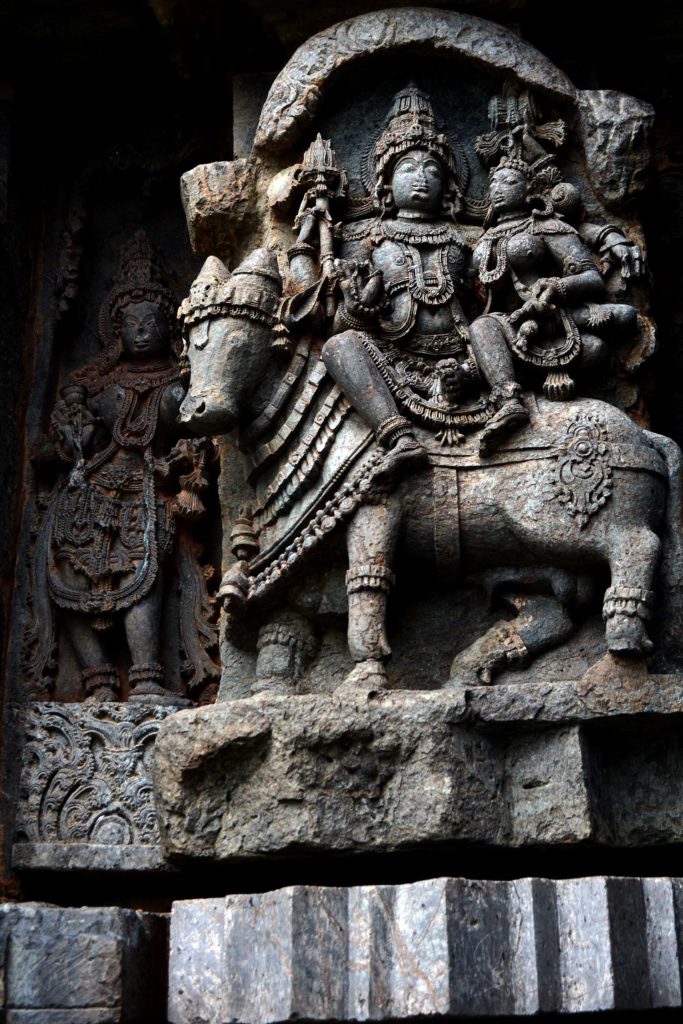
Brahmarshi Narada was looking at all of these events unfolding in front of him with amusement and decided to take the matters in his hands. He approached almighty Jalandhar and praised him freely for his achievements, bravery, and power. Narada suggested that the only worthy person being called as Jalandhar’s consort is beautiful Parvati and none else. Listening to this, already drunk with power and success, Jalandhar summoned Rahu. With Rahu, Jalandhar sent a message to Mahadev that he is not worthy of such beauty and he should hand over Parvati to him.
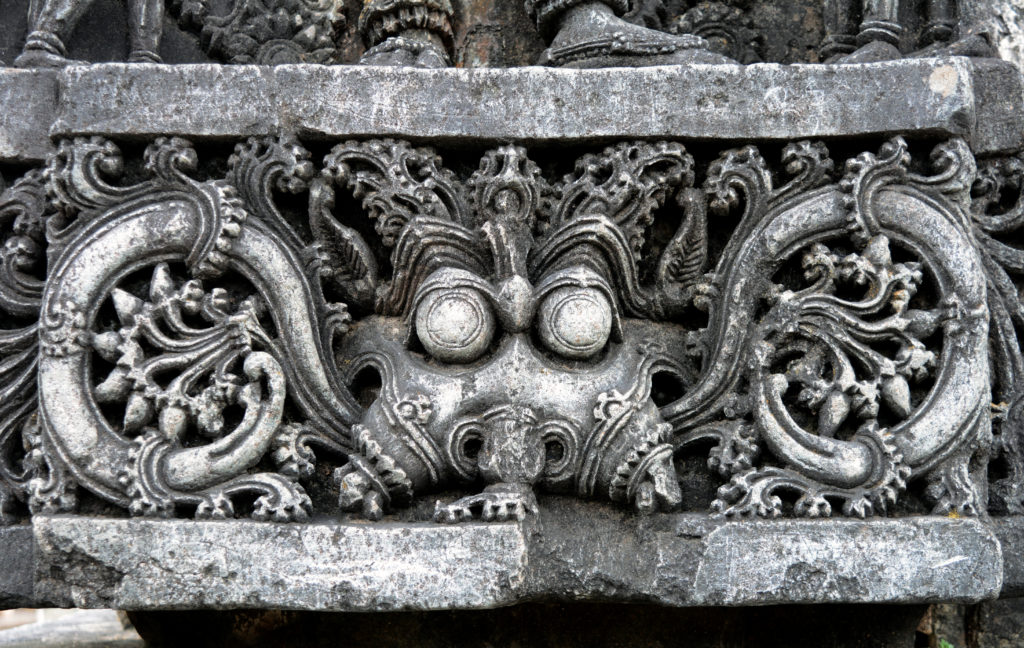
Listening to this message, Shiva became furious. Shiva’s wrath took a form of a savage creature and attacked Rahu to feed on him. Startled Rahu immediately apologize to Shiva and took his refuge. Shiva forgave Rahu as he was being just a messenger. The creature asked shiva what he should eat to satisfy his longing craving. Shiva suggested him to eat himself. Immediately, the creature started eating itself, till all that remained was his two hands and a mouth. Watching this, shiva was extremely impressed with the obedience of that creature and named him the glorious mouth or, Kirtimukha.
Even though after eating himself, Kirtimukha’s hunger was not satisfied. He asked his master what to eat next. Shiva honored him on the entrance of his temples and asked him to ingest the sins of the Shiva devotees who will come to see him. As man has an unlimited capacity to sin, again and again, Kirtimukha is not hungry anymore, as there is an unlimited supply of sinners who are coming to Shiva temples to praise their Lord Bholenath.
Kirtimukha can still be found on temple entrances, turrets, and even on the arches around gods. It’s the face, similar to that of a lion or panther, with canine teeth and bulging eye balls. In some cultures, they might have two hands, coming from behind. They constantly remind us not to make yourself so hungry for greed, pride, envy, power, pleasure, or anger that you will end up consuming yourself.
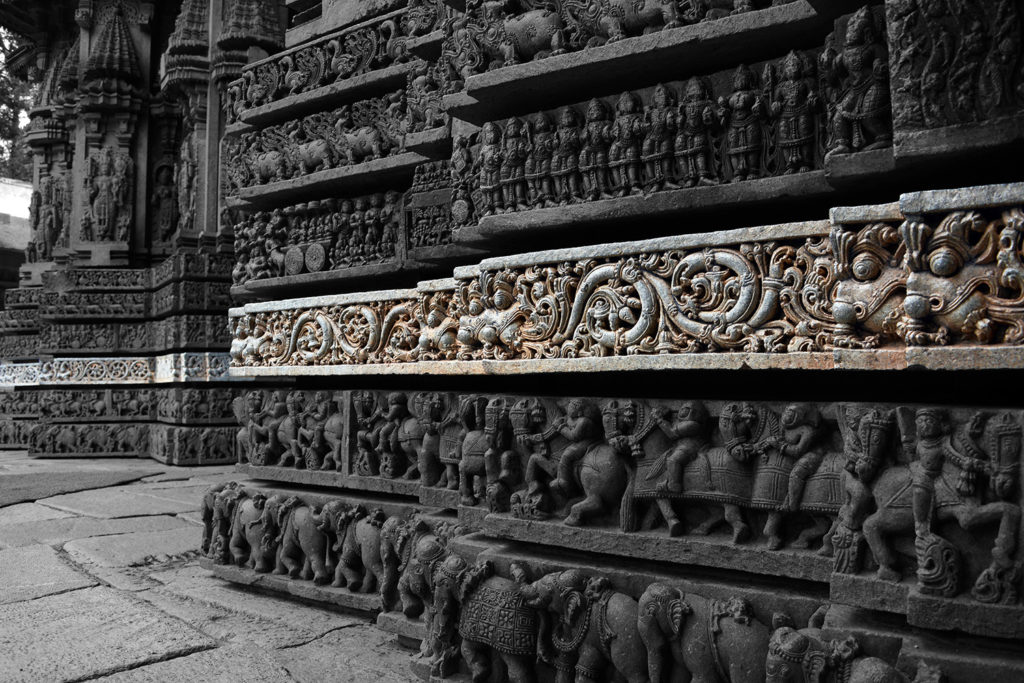
Devotees arrive to meet Mahadev, first meet the Kirtimukha, even before Nandi, and Kirti Mukha greets them with a smile. Those who came with ill intentions, our face of glory scare them away. Whenever you will be in front of the god, you will see Kirtimukha on the arch, constantly reminding you, if you want to meet the almighty, if you seek the ultimate enlightenment, eat your lust, anger, and greed.
As lord tell us in Bhagwat Geeta,
त्रिविधं नरकस्येदं द्वारं नाशनमात्मन: |
काम: क्रोधस्तथा लोभस्तस्मादेतत्त्रयं त्यजेत् ||
There are three doors to the hell of self-destruction. And those are lust, anger, and greed. You should do whatever necessary, to get rid of these three from your life.
Kirtimukha has earned his place in many cultures worldwide. Temples in countries like Indonesia, Cambodia, Thailand, Nepal, and Bhutan have Kirtimukhas, welcoming the visitors. In various Puranas, you can find this story, but with minute variations. But the main takeaway is the same in all: If you want to receive total Nirvana through god, you should be ready to give up everything you have.
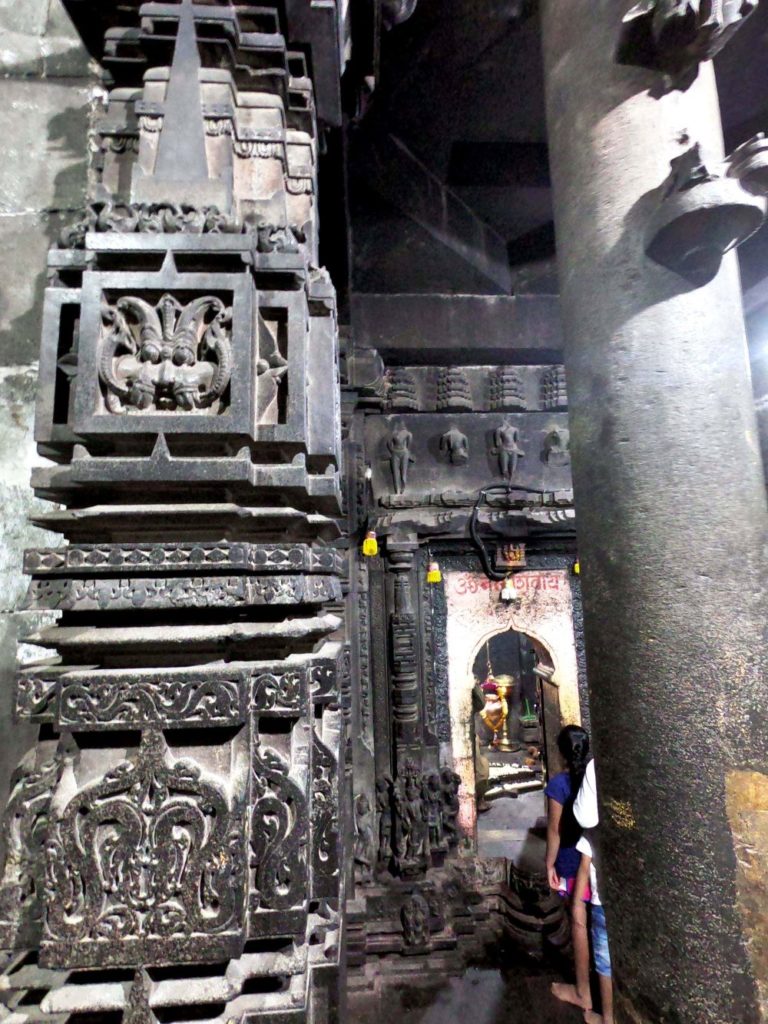
Mahadev, with the army of his Ganas, stepped into the battlefield to fight Jalandhar. Vrinda, wife of Jalandhar was a devotee of Shiva, and due to her devotion, Jalandhar was getting more and more powerful day by day. During the battle, the demon king created a beautiful illusion of Gandharvas and apsaras to deflect their attention and got successful. Seeing this, Parvati approached Vishnu for help. When Vrinda went to the jungle for some rest, Vishnu appeared there in the form of Jalandhar and approached Vrinda as her husband. Soon, Pativrata Vrinda came to know about the deception played by Vishnu and got furious. She cursed Vishnu – ” as somebody will also deceive Laxmi as I have been deceived and Vishnu has to roam around on earth in search of his wife someday”. In the agony of being cheated by Vishnu, Vrinda threw herself into the fire.
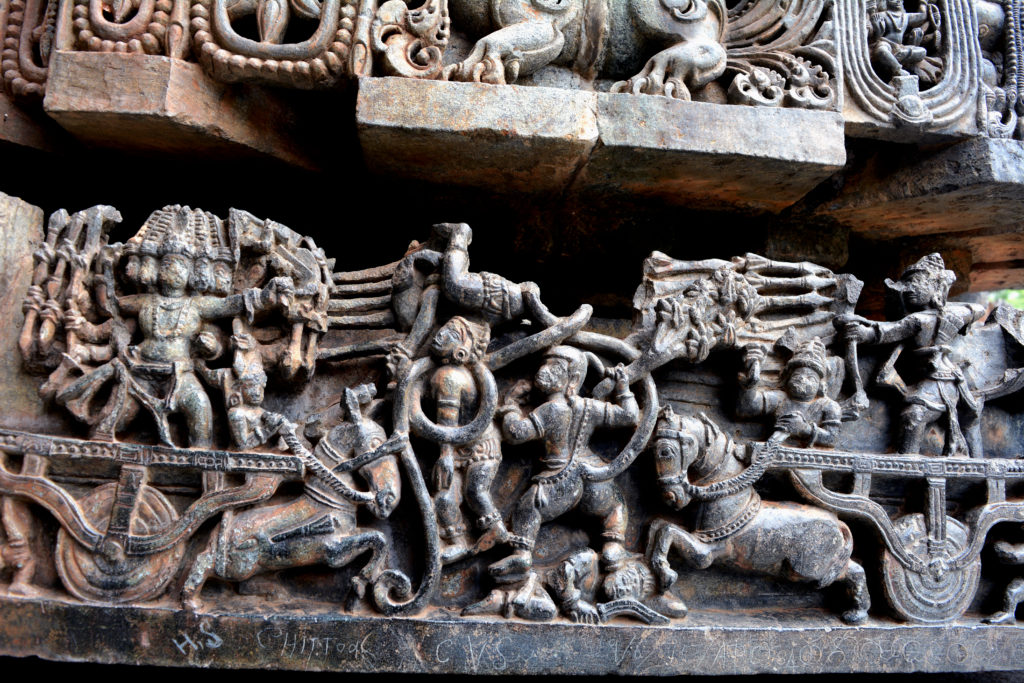
Knowing this deception by Vishnu, Jalandhar got disturbed and his illusion faded away. Now, Mahadev and his army of Ganas came to senses and started the battle again. A disk, created from his toe, shiva decapitated the head of Jalandhar and ended the demonic rule over three worlds.
The result was greatly praised by the deities which were exiled from heaven. A few years later, Vishnu, due to the curse of Vrinda, had to search his wife in agony during is Ram Avatar. As per Vrinda’s curse, as once Vishnu deceived Vrinda, Ravana deceived Seeta and took her away in Lanka…
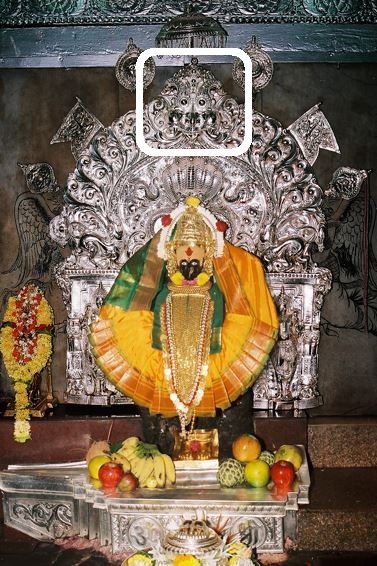
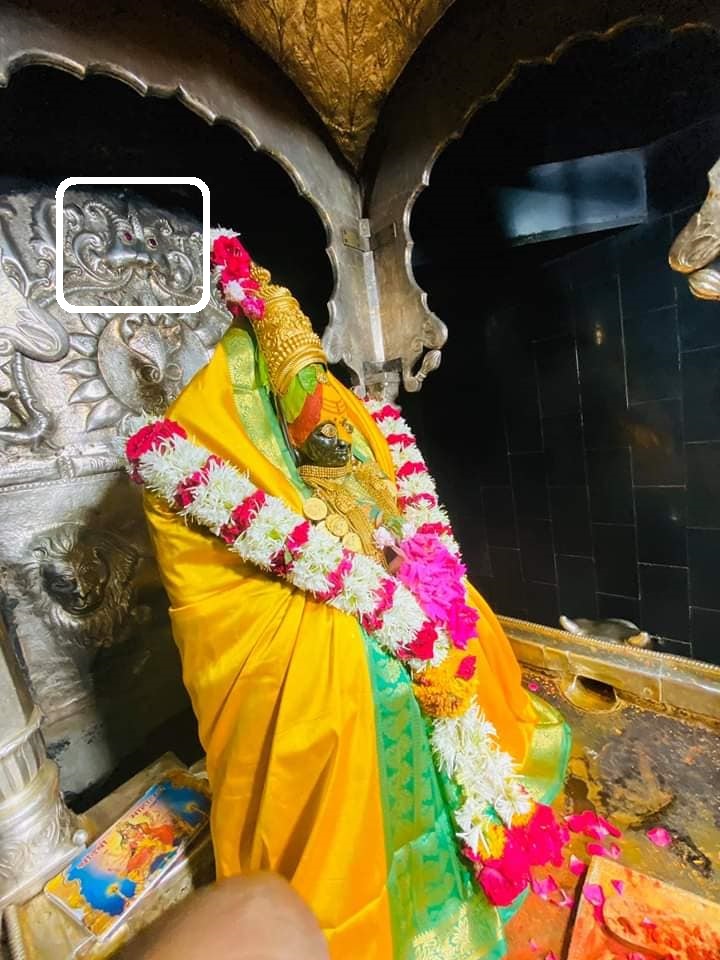
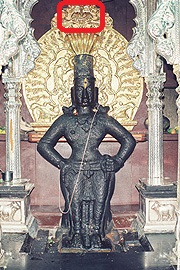
References:
1. Shiv Maha Puran 1.2.121 to 1.2.128
2. Myths and Symbols in Indian Art and Civilization, Heinrich Robert Zimmer, Publisher: Princeton University Press; Mythos ed. edition (1 July 1992)
https://archive.org/details/HeinrichRobertZimmerMythsAndSymbolsInIndianArtAndCivilization/page/n195/mode/2up/search/kirtimukh
3. Bhagvat Geeta
4. http://www.mahalaxmikolhapur.com/
5. http://www.vitthalrukminimandir.org/English/home.html
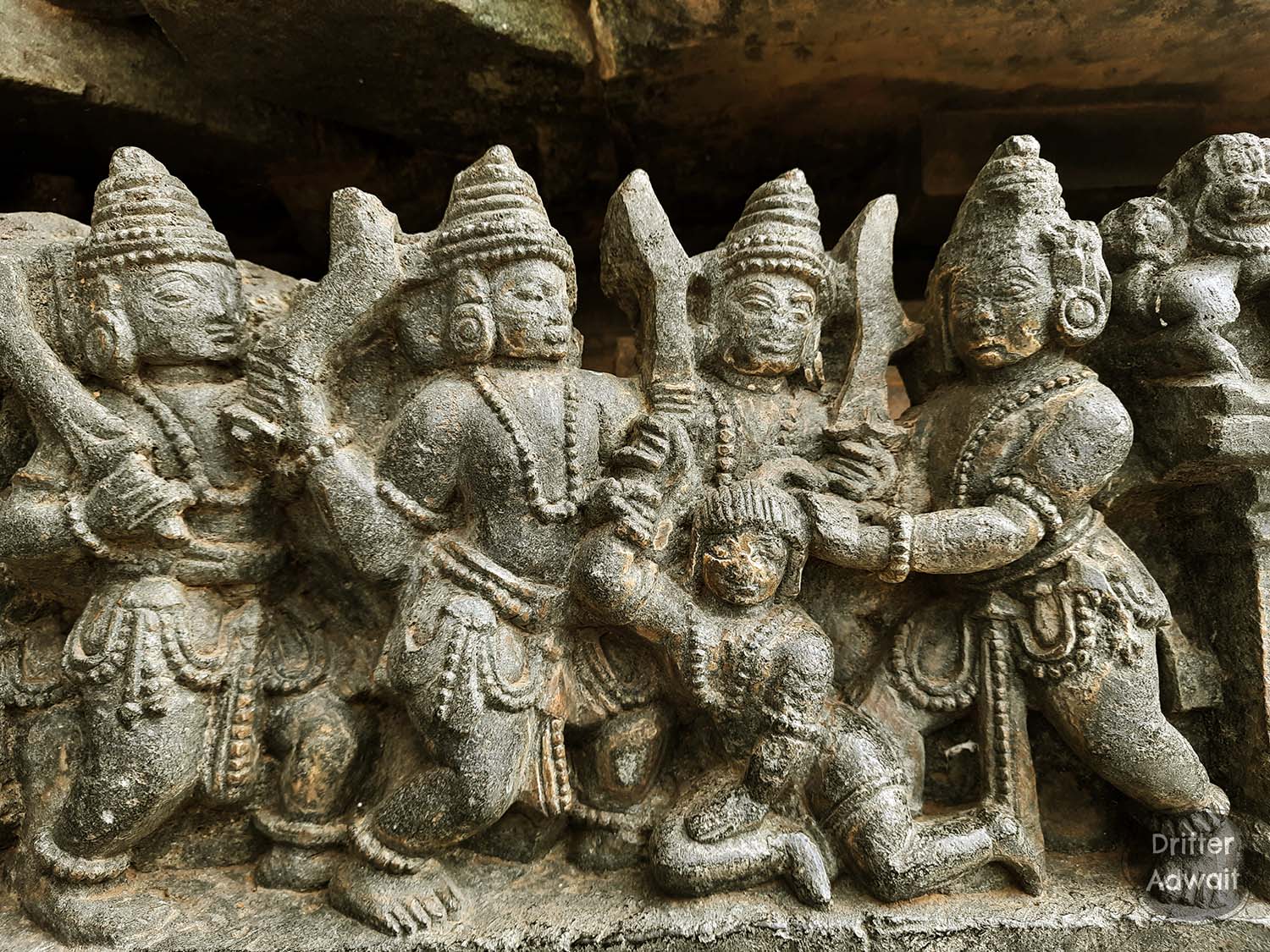
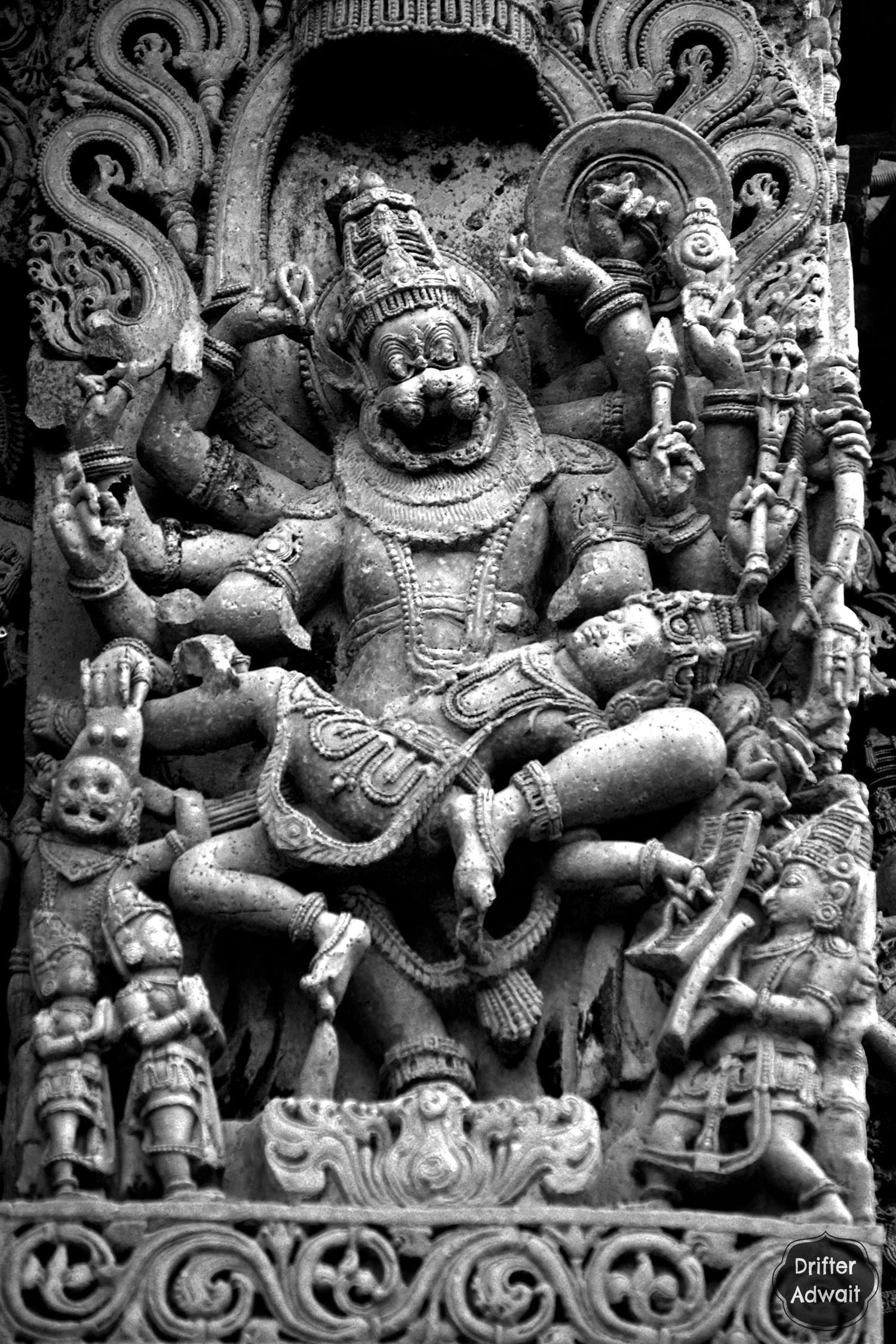
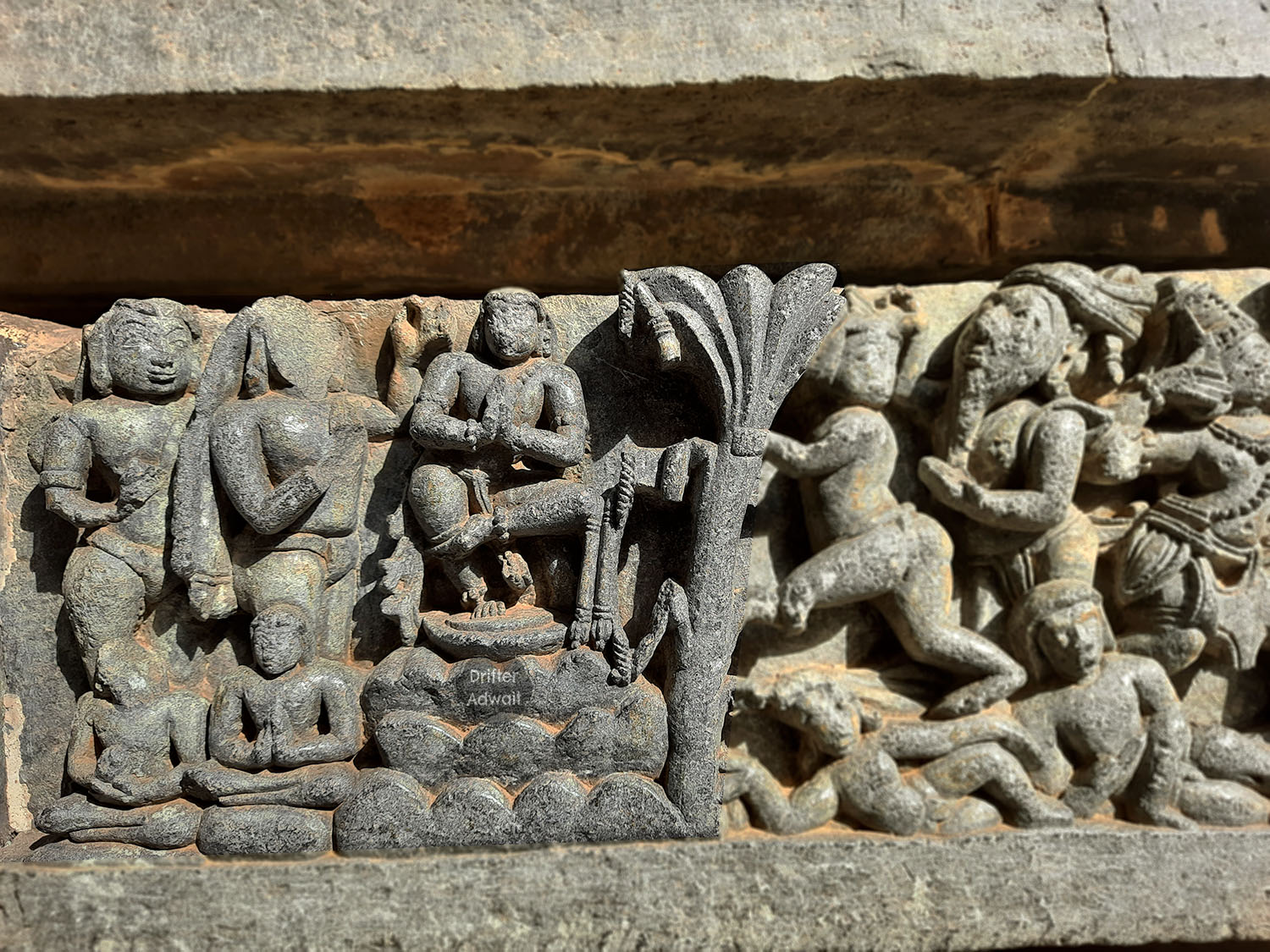
Wonderful article. Thank you for sharing this information.
Thank you Tejas for reading it. Please stay tuned for some more stories on Puranas.
Khup chhan mahiti milaliasech waravwar lihit raha
Dhanyawad Kavita.
Such a great tale which teaches us alot. Thanks for uploading. Really enjoyed it?
Yes indeed. If we eat up our greed, anger, and lust, we can reach, and even become one of the gods.
Really awesome. Always wondered on the faces on the arches or entrances of temples!. Great info and thanks a lot.
Thanks for reading. Please do visit my other blog entries as well. I am doing a series on vedic architecture.
Khup chhan mahiti milaliasech waravwar lihit raha
Nice info…Adwait…
Thanks. Please stay connected as I am doing a series on these overlooked things from our Puranas.
Amazing ..!!??